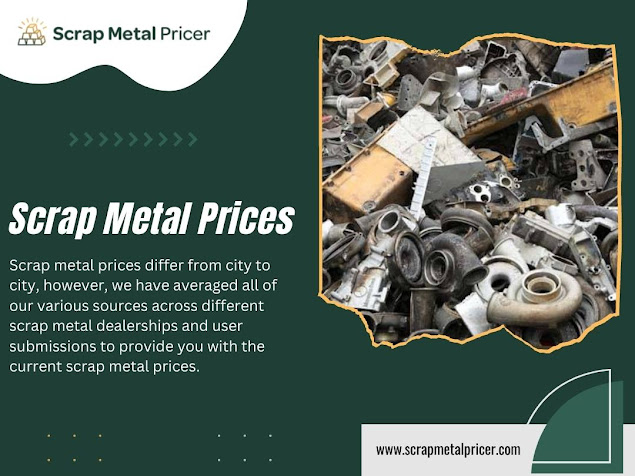Navigating the Scrap Metal Market: Key Factors Driving Price Fluctuations!
Scrap metal has always been a valuable commodity in the recycling industry. It plays a crucial role in the global economy as it can be recycled and repurposed into new products.
Scrap metal prices fluctuate frequently, and understanding the factors that affect these prices is essential for individuals and businesses involved in the scrap metal trade.
In this blog post, we will explore the key factors that influence scrap metal prices and how they can impact the profit potential of this industry.
Supply and Demand Dynamics
The price of scrap metal is greatly influenced by the law of supply and demand. Whenever the demand for scrap metal increases and the supply is low, the prices rise.
If there is an excess supply of scrap metal compared to the demand, then the prices may decrease accordingly.
Various industries, such as construction, automotive, and manufacturing, rely heavily on scrap metal as a raw material. Monitoring the demand from these sectors can provide insights into price fluctuations and help predict future trends.
Global Economic Conditions
Global economic conditions have a substantial impact on scrap metal prices . In times when the economy is flourishing, the need for raw materials, such as scrap metal, tends to rise. Conversely, when the demand for scrap metal declines, it can trigger a drop in prices, particularly during challenging economic times.
It's essential to monitor global economic indicators like GDP growth, industrial production, and construction activity to stay ahead and anticipate how prices might move in the scrap metal market.
With this knowledge, you can make informed decisions about buying and selling scrap metal at the right times.
Commodity Market Trends
Broader trends also influence scrap metal prices in commodity markets. Factors such as geopolitical events, currency fluctuations, trade policies, and market speculation can all impact metal prices.
Monitoring these trends is crucial for scrap metal traders and investors seeking profitable opportunities.
Metal Quality and Composition
The quality and composition of scrap metal play a significant role in determining its value. Different metals like copper, aluminum, steel, and brass have distinct market values.
Moreover, the condition of the scrap metal, including its purity, cleanliness, and any impurities present, affects its price. For example, high-quality scrap copper prices may be higher than lower-quality copper due to its superior purity, absence of impurities, and ease of processing.
The market value of high-quality scrap copper reflects its desirability in various industries and its potential for efficient recycling.
Environmental Regulations
Environmental regulations also impact scrap metal prices. Governments worldwide are increasingly focusing on sustainability and enforcing stricter environmental standards.
These regulations affect the cost of recycling and processing scrap metal, which can be passed on to the market. Compliance with environmental laws and adopting eco-friendly practices has become crucial for businesses operating in the scrap metal industry.
End notes:
Whether you are looking to invest, recycle, or participate in the scrap metal trade, a comprehensive understanding of the factors influencing scrap metal prices is crucial.
By staying informed about supply and demand dynamics, global economic conditions, commodity market trends, metal quality and composition, environmental regulations, and transportation logistics, you can navigate the market effectively and unlock the full profit potential of scrap metal.
To gain deeper insights into scrap metal pricing, check out Scrap Metal Pricer, an online platform that offers valuable information to help you make informed decisions.
By providing up-to-date pricing information, Scrap Metal Pricer can help you stay ahead of the competition and optimize your profitability in the scrap metal market.

Mga Komento
Mag-post ng isang Komento